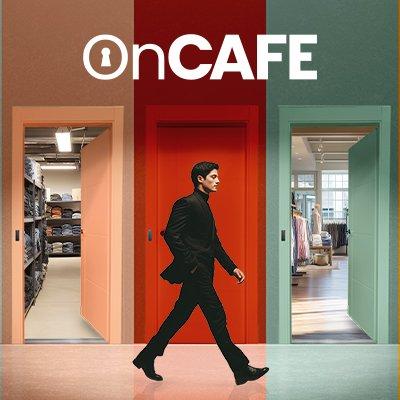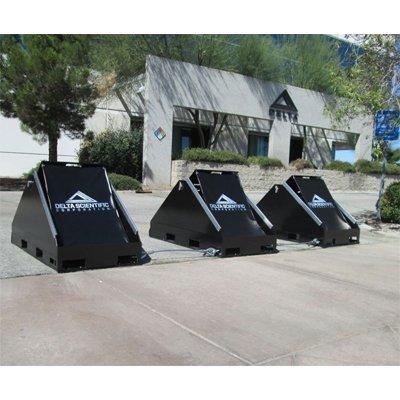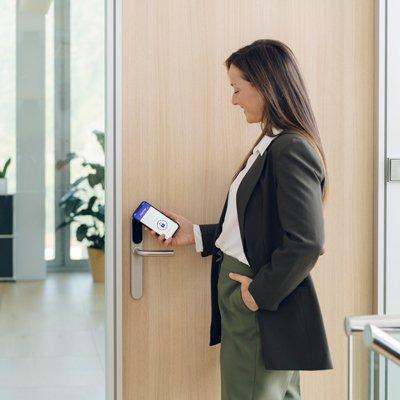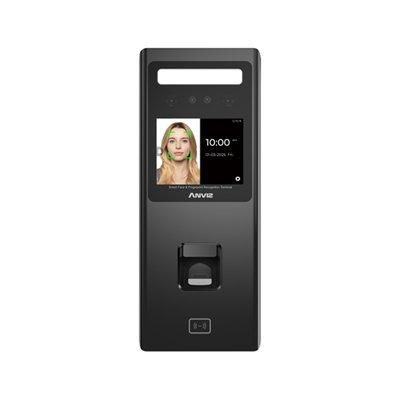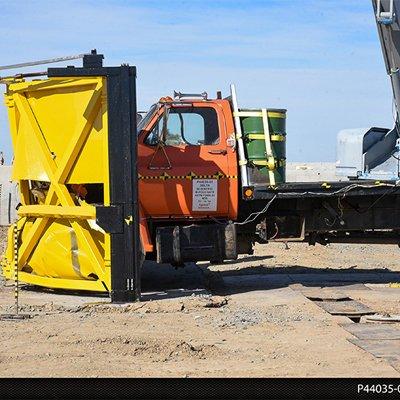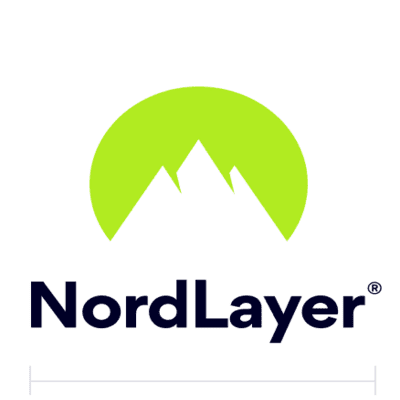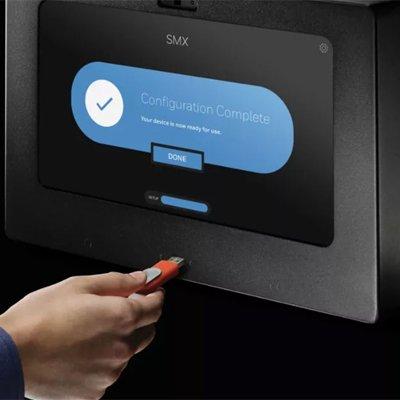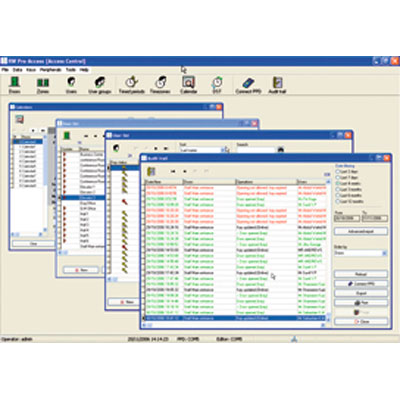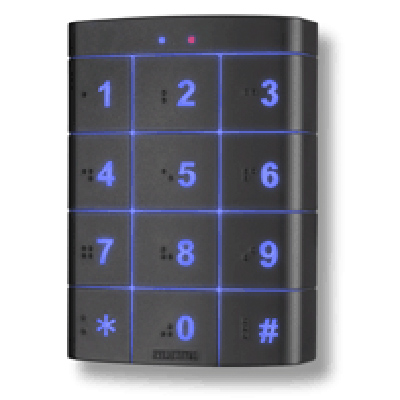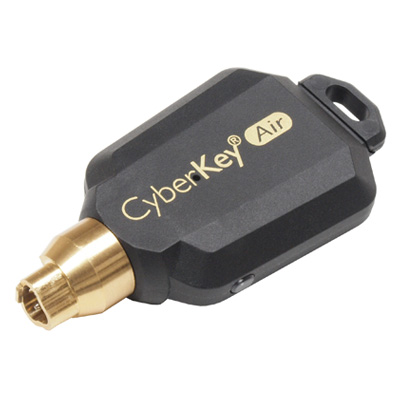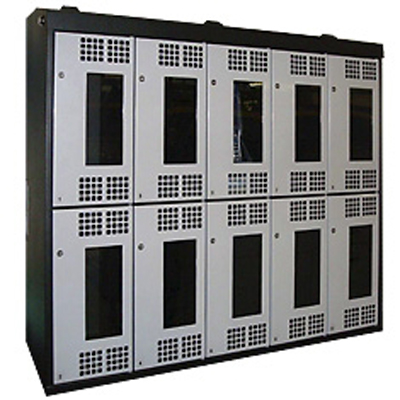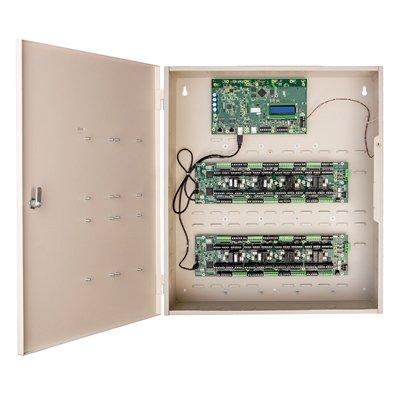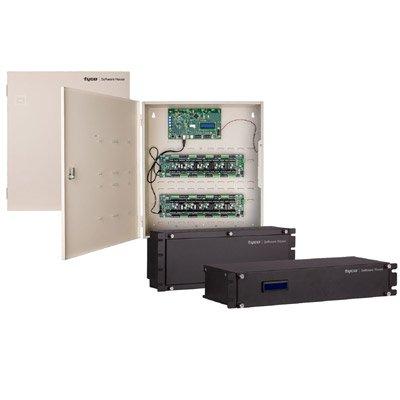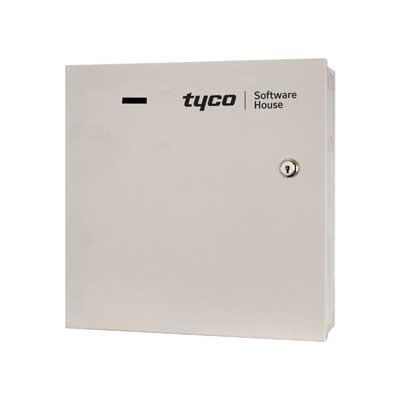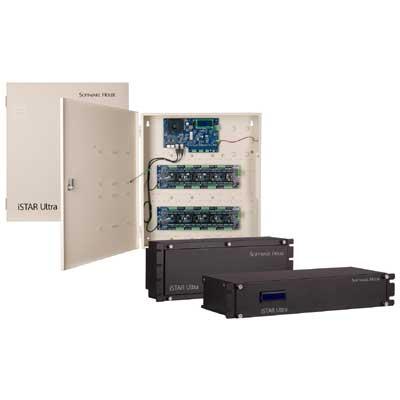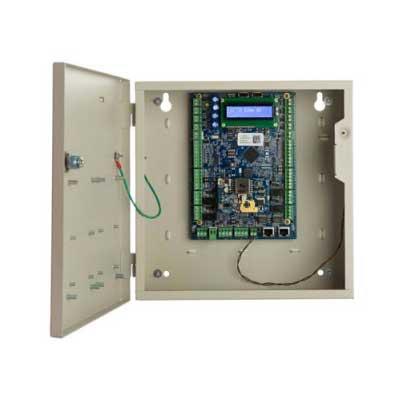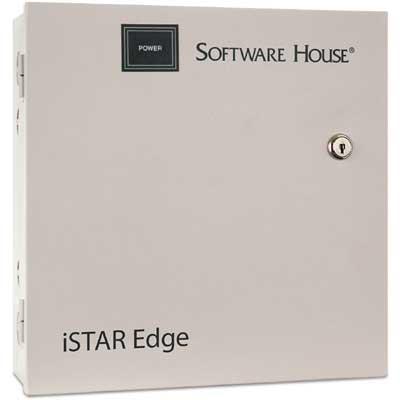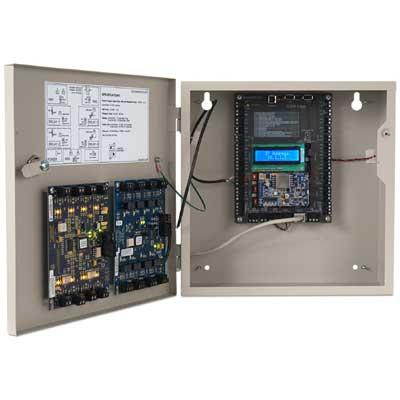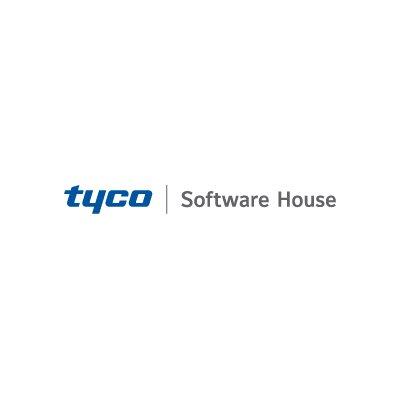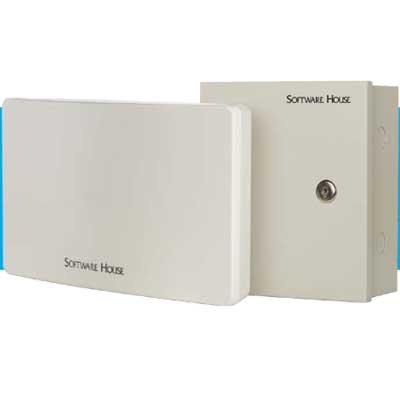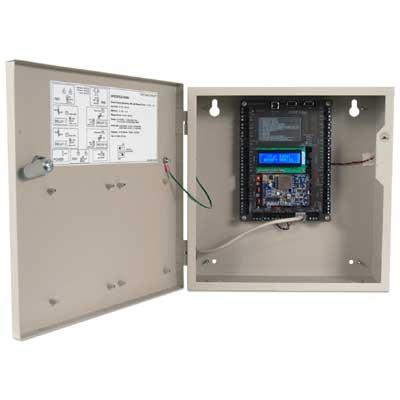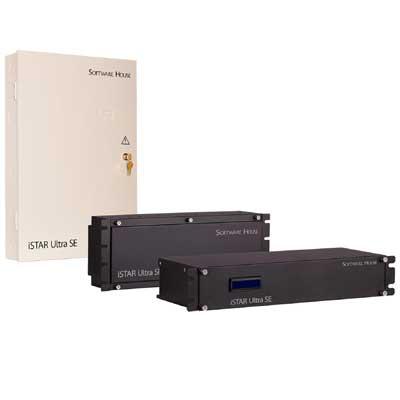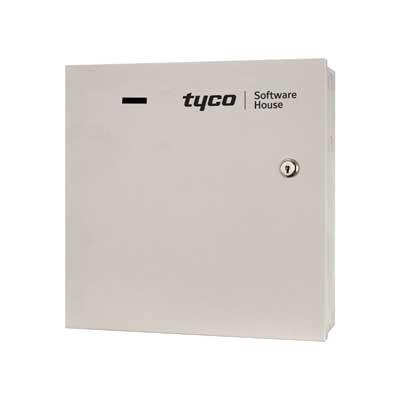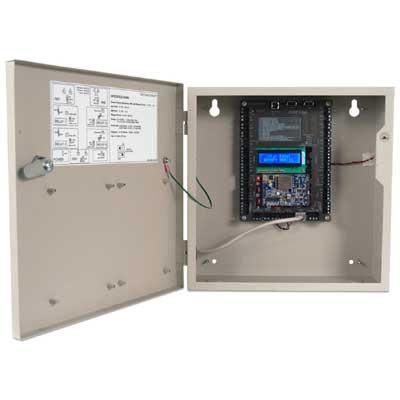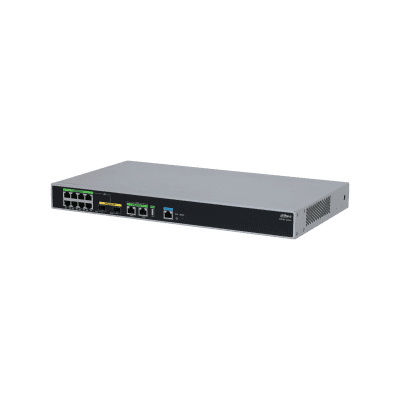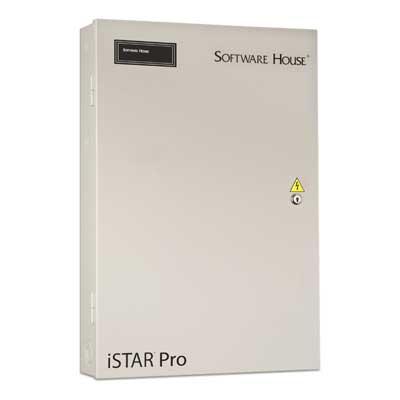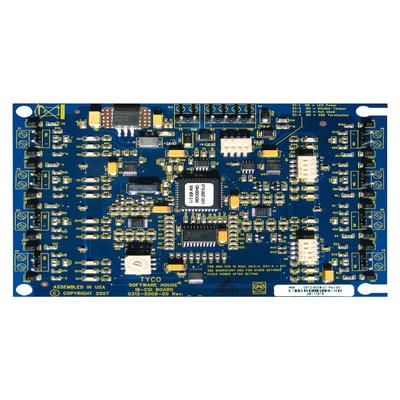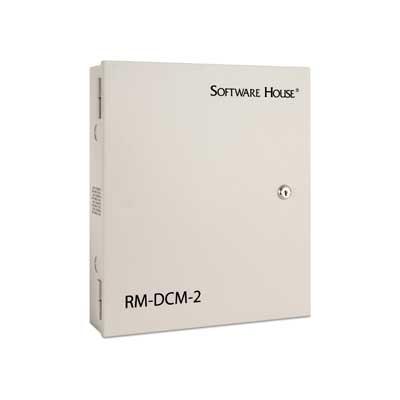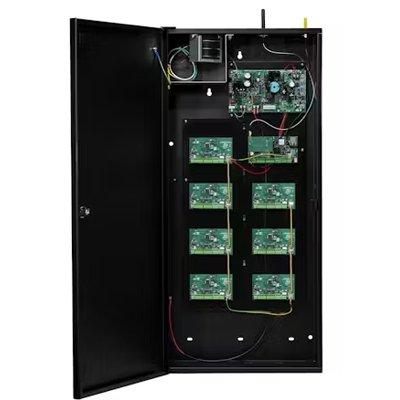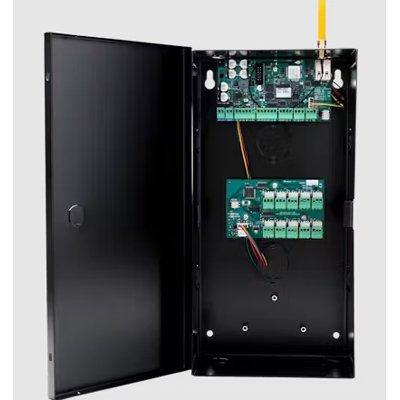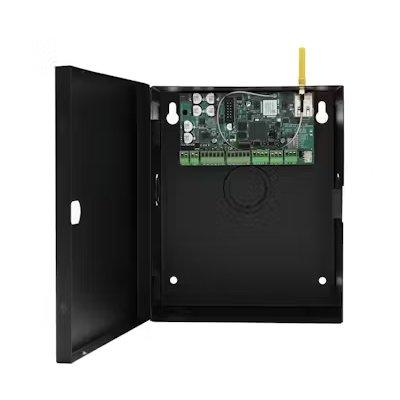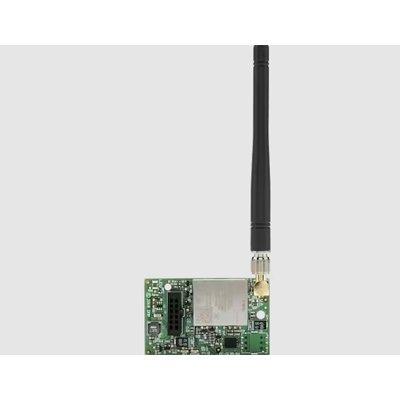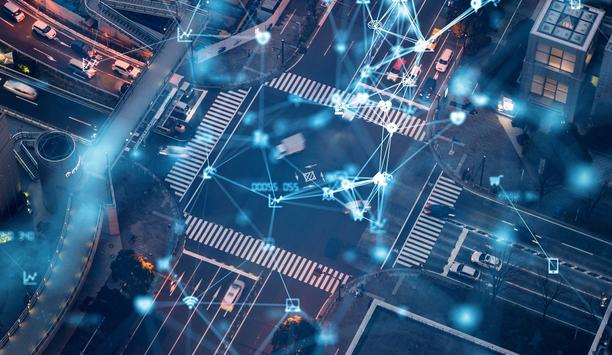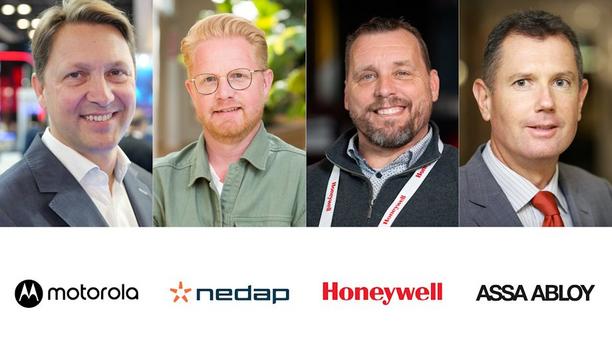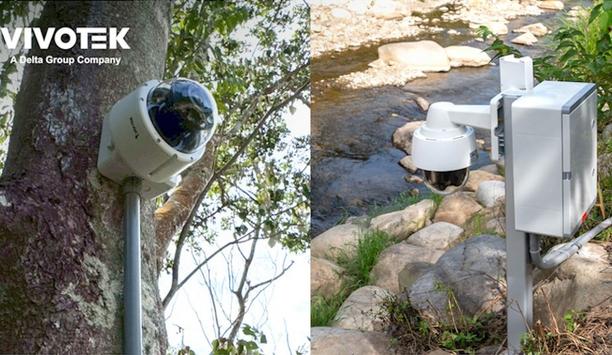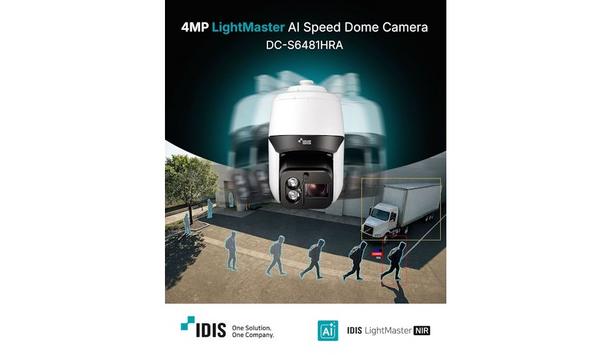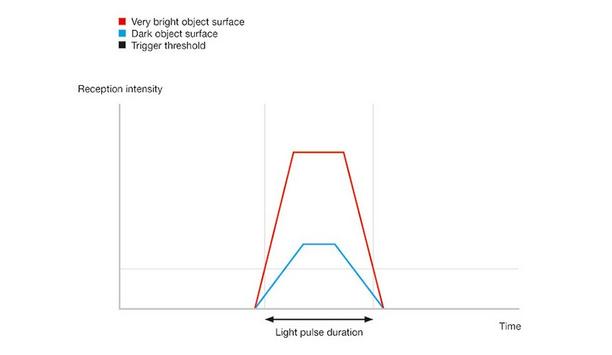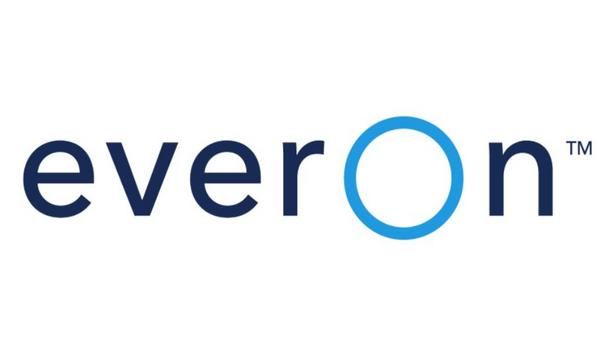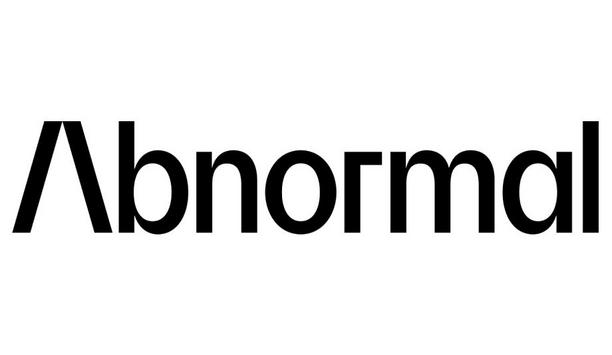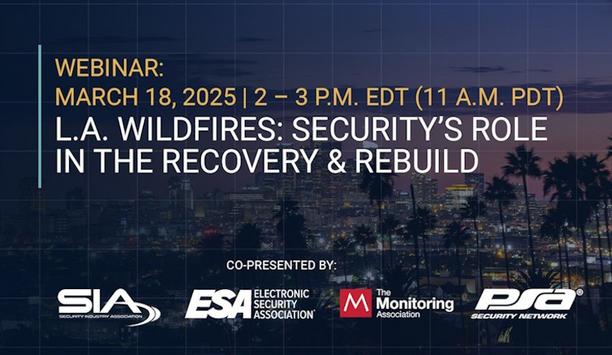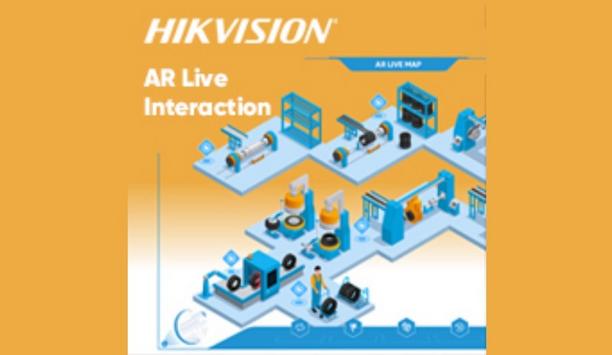Access Controllers (735)
Browse Access Controllers
- Controller Type
- Networkable
- Standalone
- Standalone/Networkable
Access control controller products updated recently
Access control controllers - Expert commentary

In this article, Peter Jackson, Managing Director at Jacksons Fencing, emphasizes the significance of implementing and upholding robust security measures, highlighting their role i...

A study found that over 80% of smartphones have biometric protection enabled, up from 68% a few years ago - these statistics alone show the trajectory of biometric security solutio...
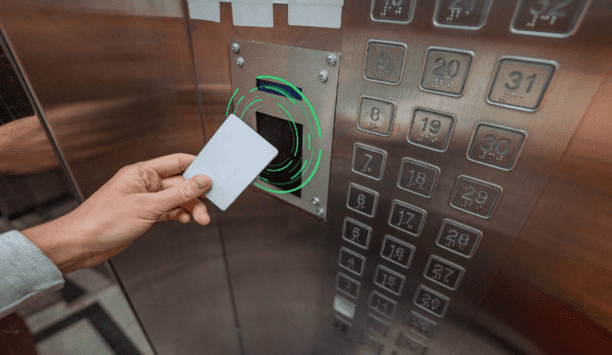
RFID and emerging mobile access technologies are easy to implement and allow elevator access to be integrated with other access control solutions throughout the building, from buil...
Related white papers
Cybersecurity in Keyless Access Management
Three Essential Reasons To Upgrade Your Access Control Technology In 2022
Securing Unmanned Infrastructure at the Network Edge
Trending topic articles
A wedge barrier system is one of the most effective physical security measures for stopping unauthorized vehicles from accessing a restricted area. Designed for high-threat environments, these b...
SCD, a pioneer in defense technology specializing in the development and manufacture of cooled and uncooled infrared detectors, has been awarded a strategic contract for hundreds of HD MWIR (Mid-Wave...
A seamless building benefits everyone, users and facilities managers alike. With streamlined interactions which start at the front entrance and continue through the site, workflows become more efficie...
VIVOTEK, the pioneering security solution provider, actively integrates corporate social responsibility into its operations. This year marks the fifth “Safety Map” corporate sustainability...
A lot has been said about door security — from reinforced door frames to locking mechanisms to the door construction — all of which is crucial. But what security measures are in place beyo...
Suprema, a pioneer of AI-powered security solutions, announced that BioStation 3 is expected to set a new annual global sales record by the end of this year. This represents the highest annual sales...
The 19th Real Estate Development Summit Saudi Arabia – Luxury Edition successfully concluded after two days of high-level exchange, strategic collaboration, and global networking, bringing toget...
IDIS has launched two new advanced PTZ cameras, providing powerful AI and NIR performance. The extended range offers a broader choice of PTZ cameras to more efficiently cover open areas, in applicatio...
Leuze uses artificial intelligence (AI) to significantly improve the measurement accuracy of optical distance sensors for challenging industrial applications. This innovation improves measurement acc...
Alarm.com and Everon, LLC, a pioneering security integrator and premier provider of commercial security, video, fire, and life safety solutions, today announced a strategic partnership to deliver a un...
Integrated access control and security manufacturer TDSi now announces that from 1st January 2026, it will operate under the new name: TDSi by Hirsch. The change follows the global transformation of...
Aetina Corporation, a pioneering provider of Edge AI solutions, has announced the launch of its next-generation MXM AI Accelerator Module series accelerated by NVIDIA RTX PRO Blackwell Embedded GPUs,...
Abnormal AI, the pioneer in AI-native human behavior security, announced it has been recognized as a Leader in the 2025 Gartner® Magic Quadrant™ for Email Security, marking the company&rsquo...
DigiCert, a pioneer in intelligent trust, unveiled its 2026 Security Predictions, forecasting how AI, quantum computing, and automation will reshape global trust frameworks. The predictions highlight...
Building on earlier research published in October 2025, Zimperium announced that its zLabs team has uncovered a significantly enhanced variant of ClayRat, an Android spyware family first detailed in t...
The Key To Unlocking K12 School Safety Grants
DownloadHoneywell GARD USB Threat Report 2024
DownloadPhysical Access Control
DownloadThe 2024 State Of Physical Access Trend Report
DownloadThe Security Challenges Of Data Centers
Download